Vision loss affects people of all ages. According to the WHO, about 2.2 billion people worldwide suffer from near or distant vision impairment. Thankfully, the development of assistive technologies has caught up and the low-vision community’s day-to-day needs are being adequately met by various kinds of low-vision assistive equipment. The following is a list of the top 5 most recent assistive technologies that have been developed to improve the well-being of the blind and visually impaired, as well as the prospective utilization of examples of these applications or devices in the everyday lives of those who suffer from sight loss.
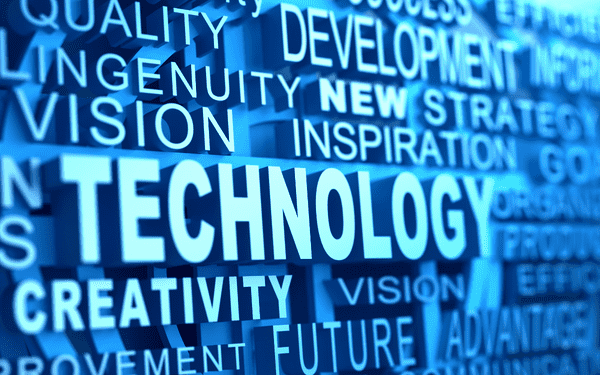
Audio Navigation Systems: Smart Canes for the Legally Blind
Audio navigation systems are designed to help blind and visually impaired (20/200 vision) individuals navigate unfamiliar environments. For a long time, blind individuals have used white canes as their go-to for navigating their environments, and this trend is not likely to change soon. Smart canes, in contrast to conventional white canes for the blind, are outfitted with a technology-driven audio navigation system and a collection of sensors to make it easier for those with visual impairments to feel safe when navigating surrounding environments. Smart canes can not only identify and warn the user of obstructions but can also be connected to smartphones, From voice-assisted GPS navigation to real-time descriptions of places and objects, smart canes offer more possibilities for those visually impaired.
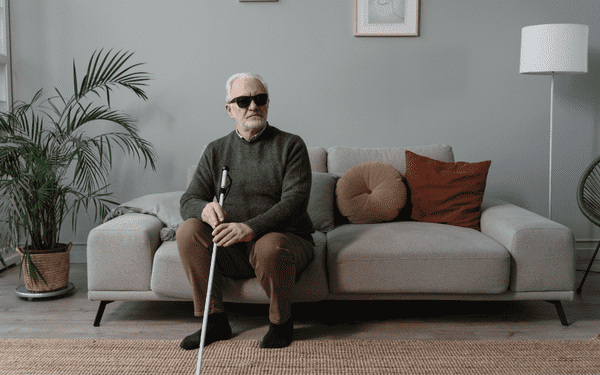
In short, users of smart canes can set their destination before they leave their house and then receive audio guidance as they walk. One of the most popular ones on the market is developed by WeWalk. By applying ultrasound to detect above-ground impediments, WeWalk smart cane facilitates daily navigation with voice commands, public transportation information, and object detection. Users can receive timely voice feedback with a Bluetooth headset: the intelligent voice system will inform the user that they are passing their favorite restaurant, warn them of low or hanging items or obstacles that appear in front of them, and alert them in advance to avoid such obstacles.
AR & VR Tech: Smart Eyewear for the Visually Impaired
Augmented reality (AR) and virtual reality (VR) technology have revolutionized the way people interact with the world. Meanwhile, AR and VR tech have also enabled visually impaired people to experience a new level of independence and autonomy, and help those with low vision see better and more clearly. Many high-tech low vision solution companies draw on the power of virtual reality (VR) and augmented reality (AR) to develop low-vision digital glasses.
Read More: What’s the Difference Between AR and VR Low-vision Electronic Glasses (E-glasses)?
VR Low Vision E-glasses
Computer modeling and simulation let people interact with aa 3-D visual or other sensory environment. This is the underpinning for VR technology. Virtual reality (VR) puts the user in a computer-generated environment that resembles reality by using interactive devices that are worn as goggles, headsets, gloves, or bodysuits. VR low-vision E-glasses mainly apply head-tracking technologies. It works like two binocular televisions with embedded software to film the picture and implement the function of zooming in or out, changing contrast, color, etc. Acesight VR, the VR-powered assistive technology for the visually impaired comes from Zoomax and combines the functions of a smartphone and VR headset to assist low-vision people with stationary activities. The camera of the smartphone will capture what the users are looking at and remaps the scene to enhance its visibility, then they can see a magnified and enhanced picture of reality.
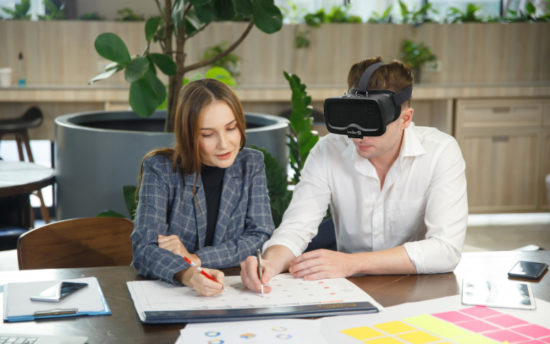
AR Low Vision E-glasses
Augmented reality (AR) is the real-time integration of digital information with the user’s environment. Unlike VR, which provides a completely artificial environment, users of AR encounter a real-world environment with generated perceptual information superimposed on top of it. Augmented reality (AR) is used to aesthetically alter natural environments or give users additional information. AR low-vision digital E-glasses leverage the genuine panoramic field of view and add digital layers to the surroundings using e-glasses as a panoramic electronic amplifier, enabling individuals to view everything around them in high-contrast color and detail.
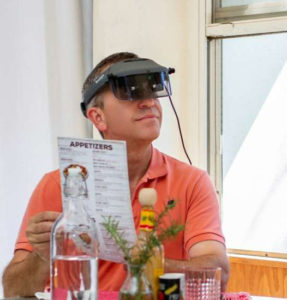
Zoomax Acesight and Acesight S, both of which have received excellent consumer feedback, are members of the Acesight family and represent cutting-edge AR-powered eyewear, supported by adaptive vision software. Thanks to Acesight’s super-fast 60Hz refresh rate and open design, looking around with Acesight feels natural and comfortable. These high-tech low vision digital glasses enable those who have lost either their central or their peripheral vision to lead more fulfilled lives while still enjoying the comfort of an analog pair of glasses.
Read More: Low Vision E-glasses: Hands-free Solution for Visual Impairments
AI Tech: Applications for the Blind and Visually Impaired

Artificial intelligence (AI) technology has opened up a world of possibilities for people with sight loss – the technique of AI can be applied to any kind of visually impaired profile. AI-powered applications offer blind and visually impaired users access to previously inaccessible information: users can do tasks such as reading text, picture viewing, navigating unfamiliar places, and continuing to live independently.
Most AI-powered apps use advanced algorithms to detect objects in images and provide audio descriptions of what is seen. They also utilize facial recognition technology to identify people’s faces in photos or videos. This technology can be used by low-vision people to recognize their friends or family members without having to ask someone else for help. Additionally, AI-powered apps can be used by the low-vision community to read text from books, newspapers, or other printed materials without having to strain their eyesight.
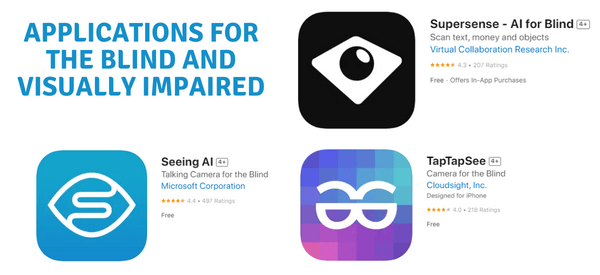
Seeing AI
Seeing AI, developed by Microsoft, lets users utilize their smartphone’s back camera to recognize and describe the environment around them, converting the everyday invisible into an audio experience. Objects, language, and even persons may be recognized by the program. With Seeing AI, visually impaired people can easily read their mail by placing documents under the smartphone camera. Similar applications include TapTapSee, Supersense, etc. By providing users with an easier way to access information and complete everyday tasks, these apps help improve their quality of life significantly.
IoT: Building a Smart Home for the Visually Impaired
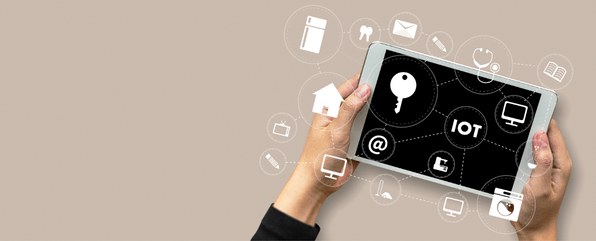
The Internet of Things (IoT) is an up-to-date innovation that will shape the 21st century. IoT is going to revolutionize the way we live. Since it allows human connection with everyday objects like kitchen appliances, cars, house lights, and much more, it provides us with new ways to interact with our environment and make our lives easier. That is to say, the potential of the Internet of Things (IoT) to create personalized smart home solutions can be life-changing for anyone with visual impairment: by granting them greater control over their gadgets and environments without requiring them to do actions they are incapable of, IoT enables poor vision users to overcome social and personal boundaries.
Customized smart home solutions can be developed by utilizing Internet of Things (IoT) technology to assist people with low vision in better managing their environment and activities. These solutions can range from voice-controlled lights and appliances to motion sensors, automated door locks, and more. With the combination of sensors, devices, and software, low vision users can feel more secure in their homes as they can customize the settings according to their needs. Users can manage their daily tasks and activities by providing voice-activated commands, audio-visual feedback, and other features that are designed to make life easier. Furthermore, these solutions could also contribute to reduce stress levels as low vision users no longer need to worry about forgetting or misplacing items due to poor eyesight. Lots of institutions and high-tech companies offer smart home setup and training for low vision and blindness people, an example is New England Low Vision and Blindness.

In conclusion, assistive technologies have the potential to greatly improve the well-being and quality of life of blind and visually impaired individuals. By providing tools for accessing information, entertainment, and communication, these technologies can help individuals to overcome the challenges they face and live a more fulfilling life. Whether you are a blind or visually impaired individual or know someone who is, consider investing in one of these assistive technologies to help improve your well-being.

